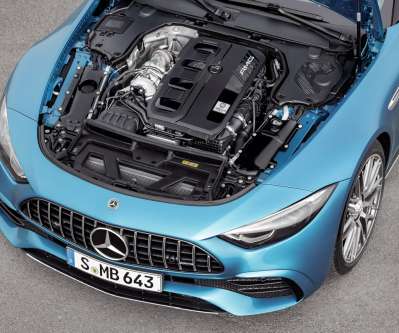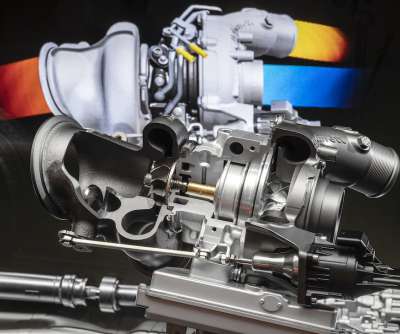New Mercedes-AMG SL 43 features engine with electric exhaust gas turbocharger derived directly from Formula 1
Green Car Congress
MAY 23, 2023
liter turbocharged M139 engine featuring an electric exhaust gas turbocharger. Mercedes-AMG SL 43 (European model shown) The new form of turbocharging guarantees spontaneous throttle response across the entire rpm range to deliver an even more dynamic driving experience. Under the hood of the open-top 2+2-seater is an AMG-enhanced 2.0-liter







































Let's personalize your content